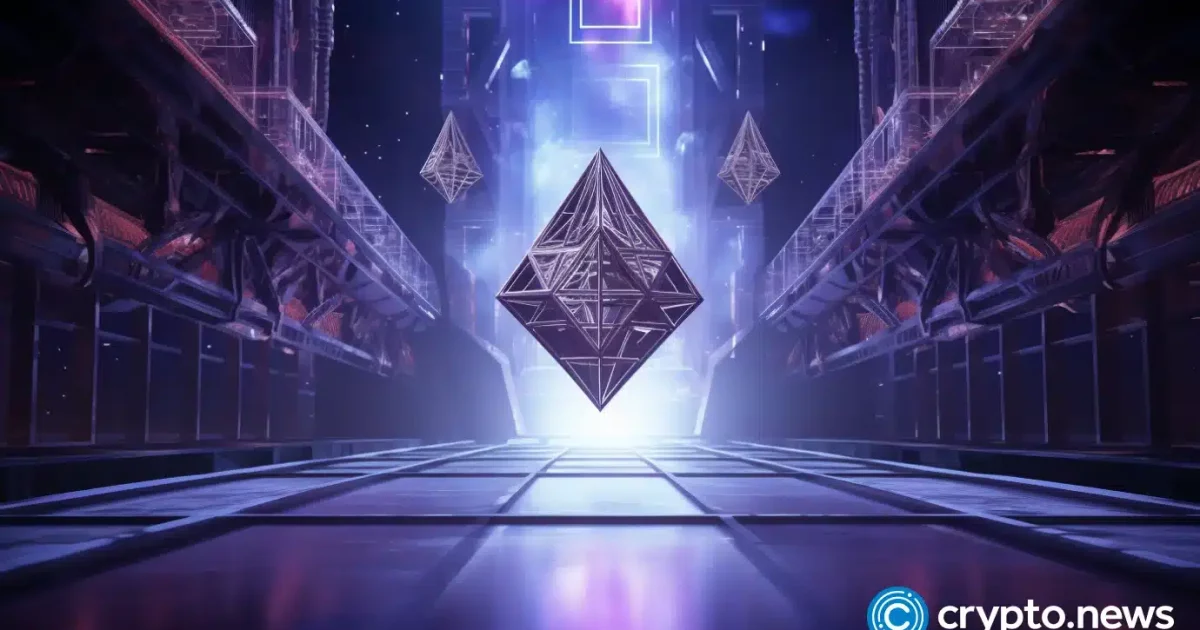The Near Foundation and Eigen Labs are joining forces to improve the efficiency and reduce the cost of transactions on Ethereum rollups.
The Near Foundation and Eigen Labs have announced a partnership that stands to significantly enhance the functionality and efficiency of Ethereum rollups. The Near Foundation, known for developing the Near protocol, and Eigen Labs, the creators of the restaking protocol Eigen Layer, are joining forces to address some of the current challenges in the Ethereum (ETH) ecosystem.
The core objective of this collaboration is to reduce the cost and increase the speed of transactions on Ethereum rollups. According to official statements, the partnership is set to achieve transaction times of three-to-four seconds, a notable improvement from current standards.
Additionally, this initiative aims to facilitate low-latency communication across rollups, thereby reducing the fragmentation of liquidity between different Layer 2 solutions.
A key aspect of this partnership is the focus on enhancing the Near-Ethereum Rainbow Bridge, a trustless, permissionless and decentralized bridge that allows users to transfer assets and data between Ethereum and NEAR, by transitioning it to an actively validated service.
This upgrade promises faster transaction finality, bolstered security, and improved decentralization, thereby creating a more seamless bridging experience between the Near and Ethereum blockchains.
From the perspective of Eigen Labs, this collaboration is an opportunity to demonstrate the utility of restaking in cross-rollup transactions, highlighting its adoption not just within the Ethereum ecosystem but potentially extending beyond it. The partnership also aligns with Near’s ongoing objective to make the open web more accessible and efficient.
Eigen Layer allows for the restaking of ETH and adjustments within the consensus layer without necessitating a new blockchain.




